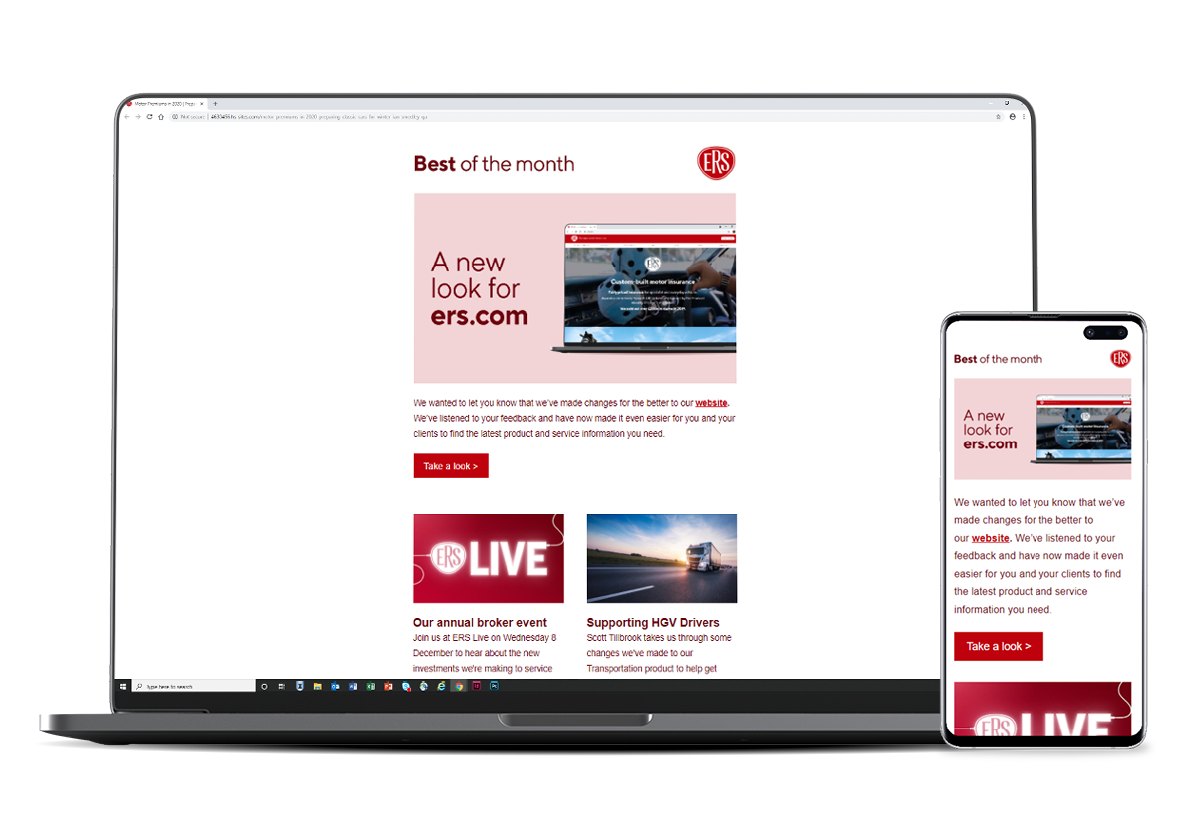By James Hayward, Product Manager for Passenger Carrying Vehicles at ERS
Under normal circumstances, late August usually marks the time that most Brits mourn the passing of the Summer. This year however, many families can’t wait for September to arrive and for schools to finally get up and running again. Health concerns persist, but unless things change radically over the next few weeks, it looks as though all UK schools will be fully operational come the Autumn. Indeed, Scotland’s schools have already reopened, providing respite for thousands of families that have had to juggle working from home and childcare since the start of lockdown.
It’s no surprise to see the question of transport prominently featured within the Government’s Covid-19 schools guidance. After all, the old world of pupils using public transport to get to and from school now presents a massive point of vulnerability when it comes to keeping pupils – and those around them – safe. The guidance is clear: “Use [of public transport] by pupils, particularly in peak times, should be kept to an absolute minimum.”
Not everyone can walk or cycle to school. Nor can parents suddenly be relied upon to drive children to school, particularly as the reopening coincides with the widespread push to get more workers back into the office. Private hire taxis could provide a partial solution, though many parents will be unable to afford this additional expense on a daily basis.
School buses will be relied upon
Many schools own their minibuses, which are used semi-frequently for field trips, sports meetups and after-school events. Throughout lockdown some of these vehicles have been redeployed to great effect to solve childcare crises, ferrying pupils to school for the day if their parents have been unable to stay home. In the months ahead, schools are going to rely on these vehicles even more heavily as an essential form of transportation for pupils.
Some will choose to purchase or lease additional vehicles; others may outsource the arrangement to a third-party provider. The Government has recently committed an additional £40 million in local authority funding for hiring “dedicated coaches to get students to school and college,” the goal being to allow “hundreds of thousands more students to use alternatives to public transport.”
Whichever option is preferred, schools cannot afford to have these vehicles out of action in their bid to help pupils catch up with several months of missed education. In addition to minibuses, expect to see larger coaches and buses redeployed as non-fare-paying school vehicles in the weeks ahead. It’s going to be a mammoth operation, one that the Department for Education has even compared to the 2012 Olympics.
Keeping critical school vehicles covered
Unfortunately, the owners of non-fare-paying vehicles often pay through the nose on their insurance because they’re mistaken by mainstream insurers as high-risk customers. We see things differently, recognising that these drivers are some of the safest on the road. Teachers required to drive minibuses will all be CRB-checked before they can get behind the wheel; many schools have specific licence requirements dictating who can and can’t take a vehicle out on the road.
We make it our business to ensure these customers can access affordable, flexible cover that allows for multiple drivers, modifications such as the installation of PPE, or even different use cases – for example, a commercial bus temporarily redeployed for the school run. This is why non-fare paying passengers account for more than one third of our passenger book. There are only a handful of Lloyds A+rated insurers operating in this market and we’re already seeing a significant uplift in quote requests as schools get themselves prepared for the new term.
Preparing for more uncertainty
No one yet quite knows what the reopening of schools is going to mean for our transport infrastructure, the resultant impact on claims frequency or how breakdown and repair capacity could be impacted.
September will mark the first time we’ve seen anything resembling a rush hour on the roads since the introduction of lockdown. However, exact traffic levels depend on how schools staggering their opening times, the extent to which companies continue their bid to get staff back into the office, and of course, the possibility of further local lockdowns or business closures.
For brokers, anticipating clients’ needs over the coming months – and ensuring they have appropriate cover in place at all times – is going to be quite a challenge. Our goal is to be on hand at all times through this latest tricky period, providing a fast and responsive service to every bespoke request that comes our way, as well as using our eTrade portal to provide a seamless one-stop-shop for straightforward policy needs.
If you’d like to chat more about our Minibus product, contact a member of the team today: commercialquotes@ers.com
Or sign up to eTrade here






